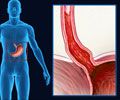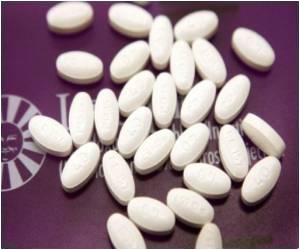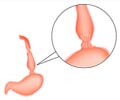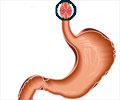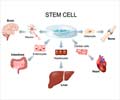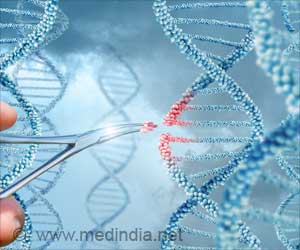Esophagus does have its own pool of stem cells, say University of Pittsburgh School of Medicine researchers.

"To do that, cells in the deeper layers of the esophagus divide about twice a week to produce daughter cells that become the specialized cells of the lining. Until now, we haven't been able to determine whether all the cells in the deeper layers are the same or if there is a subpopulation of stem cells there."The research team grew pieces or "organoids" of esophageal tissue from mouse samples, and then conducted experiments to identify and track the different cells in the basal layer of the tissue. They found a small population of cells that divide more slowly, are more primitive, can generate specialized or differentiated cells, and have the ability to self-renew, which is a defining trait of stem cells.
"It was thought that there were no stem cells in the esophagus because all the cells were dividing rather than resting or quiescent, which is more typical of stem cells," Dr. Lagasse noted. "Our findings reveal that there indeed are esophageal stem cells, and rather than being quiescent, they divide slowly compared to the rest of the deeper layer cells."In future work, the researchers will examine human esophageal tissues for evidence of stem cell dysfunction in Barrett's esophagus disease."Some scientists have speculated that abnormalities of esophageal stem cells could be the origin of the tissue changes that occur in Barrett's disease," Dr. Lagasse said. "Our current and future studies could make it possible to test this long-standing hypothesis."
Source-Eurekalert


